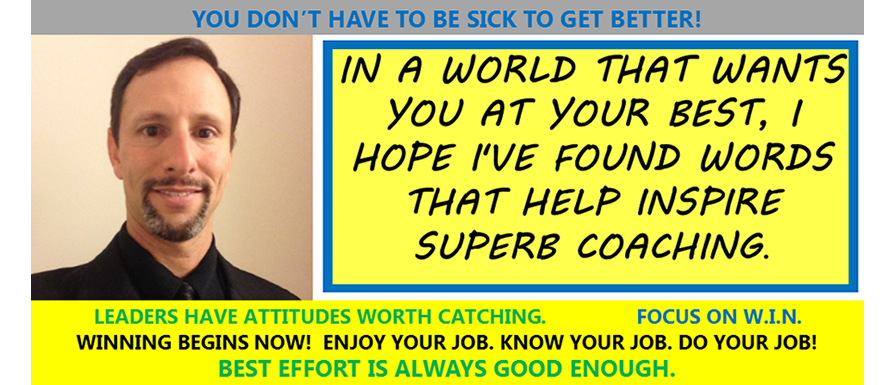High Confidence is Stifling Our Athletes
a.k.a. Confidence is Good, Unless it is Bad!
There are three core questions to ask and answer to successfully travel along the path of mastery: “Where am I?” “Where do I want to be?” And, “How do I get there?” There is an epidemic in our sports community that Dr. Fran Pirozzolo calls an “illusion of competence.” (Among many other achievements, Dr. Pirozzolo earned four World Series rings in his seven years with the Yankees.) It is a result of confidence being delivered to the athlete without it being earned by the athlete. This illusion of competence means that the first question (Where am I?) is not being answered correctly. It is no wonder, then, that this athlete’s strategies for getting to where s/he wants to be are flawed. It is pretty tough to get good directions from a map if you don’t know your starting point.
The source for these illusions of competence is too much confidence! Wait, confidence can’t be a bad thing, can it? Certainly, it can. Confidence is a belief in one’s abilities. When the belief is there and it is wrong, the gap between the athlete’s perception and the reality is problematic. This false confidence comes from many sources. (I call them “fluff.”) We live in a country full of participation trophies. (The trophy industry is at least a $3B/year industry. That’s billion with a ‘B.’) We have overly positive coaching and parenting, a “gimme one more so I can end on a good one” practice mentality, and batting practice where the pitcher feeds straight, medium-speed pitches down the middle. It drives me nuts when a batting practice pitcher apologizes for throwing too many balls. Aren’t patience and the ability to take pitches important skills for hitters?
Don’t get me wrong. I’m “all in” for positive coaching. I even speak regularly for an awesome group called the Positive Coaching Alliance. Positive coaching is tougher than negative coaching because it is honest AND optimistic. A large part of the art of coaching is balancing a desire to create confidence in an individual’s personal power without allowing her to lose her dedication to reality. “What is really needed,” Pirozzolo says, “is a passion to work hard to get the best answers about why things happen the way they do.” The difference between communicating fluff and real confidence (even in a person’s unrealized potential) is critical.
How many times have you wanted your athletes to understand their own weaknesses better? Have you ever wished your vertically-challenged batter with two career home runs would stop trying to pull everything, or that your pitcher would stop trying to overpower everyone? Wouldn’t it be great if your high-ceiling, low-batting-average back-up shortstop would seek to better understand why she is on the bench? For that matter, do you have a bench full of athletes who think they should be starting?
I have written previous articles about the importance of confidence. The summary is important, if unsurprising. Confidence is wonderful because it enhances performance. It comes not directly from experiences and preparation, but from the way we think about our experiences and our preparation. Athletes can and should consciously increase their confidence by using a thinking pattern called an Optimistic Explanatory Style. They emphasize good things and de-emphasize the bad stuff (usually after learning from it). Example: a great play on defense is likely to happen again and will probably lead to a quality at-bat, too. However, an error is just a one-time thing and the skills of defense and offense are different, so the error will not affect my hitting. This is all true, and it works. It is also easy for coaches and parents to induce this Optimistic Explanatory Style. As a result, these teachers often do it too much. Positive coaching is powerful, perhaps because it is so much more difficult than negative coaching.
Great coaches are honest about mistakes and shortcomings and still find ways to be positive. Athletes, with their coaches’ help, should train their brain to think in ways that build real confidence and healthy self-doubt through the challenges of the game. Avoiding fluff can be a tight-rope act; honesty is the key. Joe Torre didn’t sugar coat things, but he did create a belief in his players that they were capable and deserving of that Yankee uniform. How did Torre separate his confidence building from fluff? He got to know each player personally so that he could find things within them that were both real and special. Artful coaches do not protect their athletes from reality. Rather, they work hard to expose their athletes to all angles of reality, and they do this while promoting a growth mindset and displaying consistent optimism. This approach helps generate the courage to be honest in answering the critical questions of “Where am I?” and “Where do I want to be?” Accurate answers to these lead to very educated guesses to the question, “How do I get there?”

